
The Australian government’s refusal to grant Qatar Airways additional flights into Australia’s major cities has been a hot topic in the news lately.
There has been plenty of debate about whether this was a good decision. That’s not what this article is about. Instead, I thought it might be timely to explain how air services agreements work. This is the mechanism that the federal government is using to deny Qatar Airways more access to the Australian market.
Contents
What are air services agreements?
For an Australian airline to fly to another country, the governments of both Australia and the destination country must have a treaty in place allowing them to do so. Most countries have bilateral aviation treaties with a range of other countries that specify the rights of airlines from both countries to access the other market.
These treaties are typically air services agreements that specify things like the routes airlines may fly, or the number of flights or passengers that can be carried. The agreements may also have clauses around ownership criteria that airlines need to meet to fly to the other country, as well as safety requirements.
This bilateral system dates back to the Chicago Convention in 1944, which also saw the creation of the International Civil Aviation Organisation (ICAO). Their original intention was to allow countries to protect their local aviation markets, as well as ensuring they maintain sovereignty over their airspace. This is also why airlines can’t fly over other countries without that country’s express permission.
Today, there are over 3,000 bilateral air services agreements between different countries. Australia is a party to over 100 of these. There are also various plurilateral agreements covering groups of countries (such as the European Union).
Crucially, these agreements are between governments and not individual airlines. So, it’s not technically correct to say that the Australian government is blocking Qatar Airways (the airline). But in practice, the only Qatari airline that would use the available capacity under the Australia-Qatar bilateral treaty would be Qatar Airways.
These agreements are also reciprocal. This means that Australian airlines wanting to fly to Qatar would be subject to the same capacity restrictions that Qatari airlines are when flying to Australia. However, given the current state of Qantas and Qatar Airways’ relationship, and Virgin Australia’s lack of long-haul aircraft, it’s very unlikely any Australian airline would launch flights to Doha any time soon.
Open skies agreements
Open skies agreements are the most liberal type of air service treaty that countries can have with each other. These allow airlines from both countries to operate an unlimited number of flights between the two countries. One of the world’s largest open skies agreements, signed in 2007, is between the United States and European Union.
Australia currently has open skies agreements with a handful of countries, including:
- China
- India
- Japan (maximum 21 weekly flights to/from Haneda Airport)
- New Zealand
- Singapore
- Switzerland
- Taiwan
- UK
- USA
More than half of international passengers flying from Australia travel to one of these countries.
What are the terms of the air services agreement between Australia and Qatar?
The terms of the current bilateral aviation treaty between Australia and Qatar are published by the Department of Infrastructure, Transport, Regional Development and Communications in the Register of Available Capacity.
This is the exact wording relating to the passenger capacity agreement between Australia and Qatar:
To/from Sydney, Melbourne, Brisbane or Perth:
28 frequencies in each direction per week with any aircraft type
In addition , a total of seven (7) frequencies per week with any aircraft type between Qatar and Sydney, Melbourne, Brisbane and Perth provided such services operate via or beyond to a point in Australia other than Sydney, Melbourne, Brisbane and Perth.
To/from any point in Australia other than Sydney, Melbourne, Brisbane and Perth:
Unrestricted frequencies with any aircraft type.
Qatar Airways’ current routes to Australia
Qatar Airways already flies daily to Sydney, Melbourne, Brisbane and Perth, using its entire allocation. Sydney and Perth are served by Airbus A380s – the world’s largest passenger aircraft. Melbourne and Brisbane receive Boeing 777-300ERs, the second-largest aircraft in Qatar Airways’ fleet.
Qatari airlines have unrestricted access to other Australian cities, and Qatar Airways currently has a daily non-stop flight from Doha to Adelaide.
Qatar Airways also operates a second daily flight from Doha to Adelaide via Melbourne, taking advantage of the seven extra weekly frequencies allowed to another point in Australia via a major city. That’s why Qatar Airways runs a “ghost flight” between Melbourne and Adelaide every day, as we’ve covered previously. The Melbourne-Adelaide leg typically has around 10-20 passengers on board.

How Qatar Airways could add capacity to Australia
If Qatar Airways wanted to add more capacity to Australia under the current treaty, it could fly to secondary cities such as Gold Coast, Cairns, Darwin or Canberra. But these are not as commercially attractive and offer less connectivity.
The airline could also send Airbus A380s to Melbourne and Brisbane. But Qatar Airways only has eight Airbus A380s in its fleet, and these are already fully utilised serving the routes between Doha and Sydney, Perth, London, Paris and Bangkok.

Agreements with other countries
By comparison, Australia allows airlines from the United Arab Emirates (i.e. Emirates and Etihad) to operate up to 154 weekly services to Australia.
That’s more than ample capacity for the routes between Abu Dhabi, Dubai and Australia. But there are other countries that Australian airlines would like more access to – and are currently unable to get.
For example, Australian airlines are fully utilising their available capacity of 25,000 weekly seats between the major Australian airports and Indonesia. There’s also no room to grow in Fiji.

The International Air Services Commission (IASC)
When Australian airlines want to add flights to countries with limited capacity allocations for Australian operators, they must apply for a capacity allocation from the International Air Services Commission (IASC). This is an independent government authority that was set up in 1992.
The IASC considers the available capacity and the likely effect on competition when allocating capacity entitlements to Australian airlines. The IASC also invites third parties to make submissions regarding applications from airlines.
Although many of these capacity allocations are uncontroversial, Qantas and Virgin Australia both fought bitterly for a limited allocation of extra slots at Tokyo’s Haneda Airport in 2019. The IASC ultimately ended up awarding both Qantas and Virgin the right to seven weekly flights (on top of Qantas’ existing allocation of seven weekly flights).
Virgin Australia originally planned to operate a Brisbane-Tokyo flight using an Airbus A330 using this allocation. But it now operates a Cairns-Tokyo flight with a Boeing 737 so that it doesn’t lose those valuable slots at Haneda Airport.




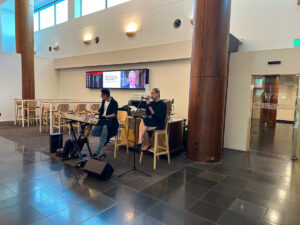
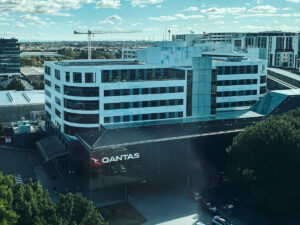






















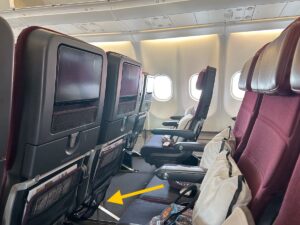
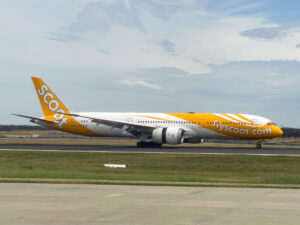




























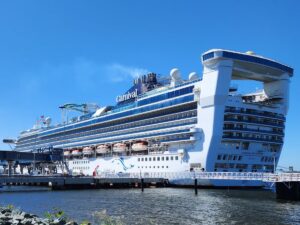














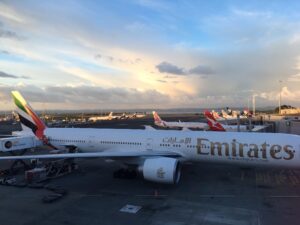
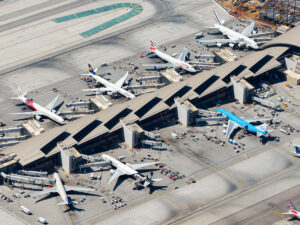






Community Comments
Loading new replies...
Join the full discussion at the Australian Frequent Flyer →